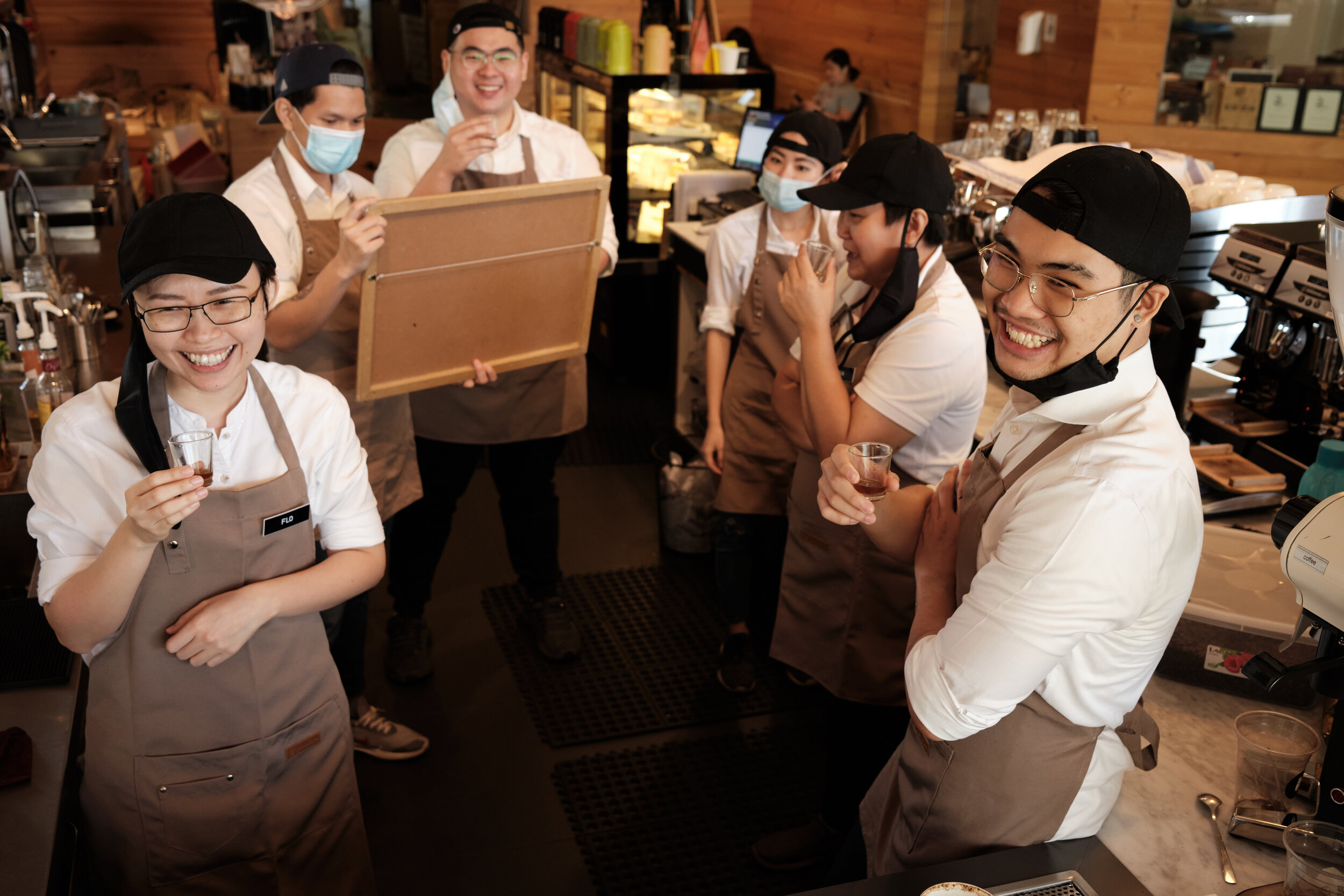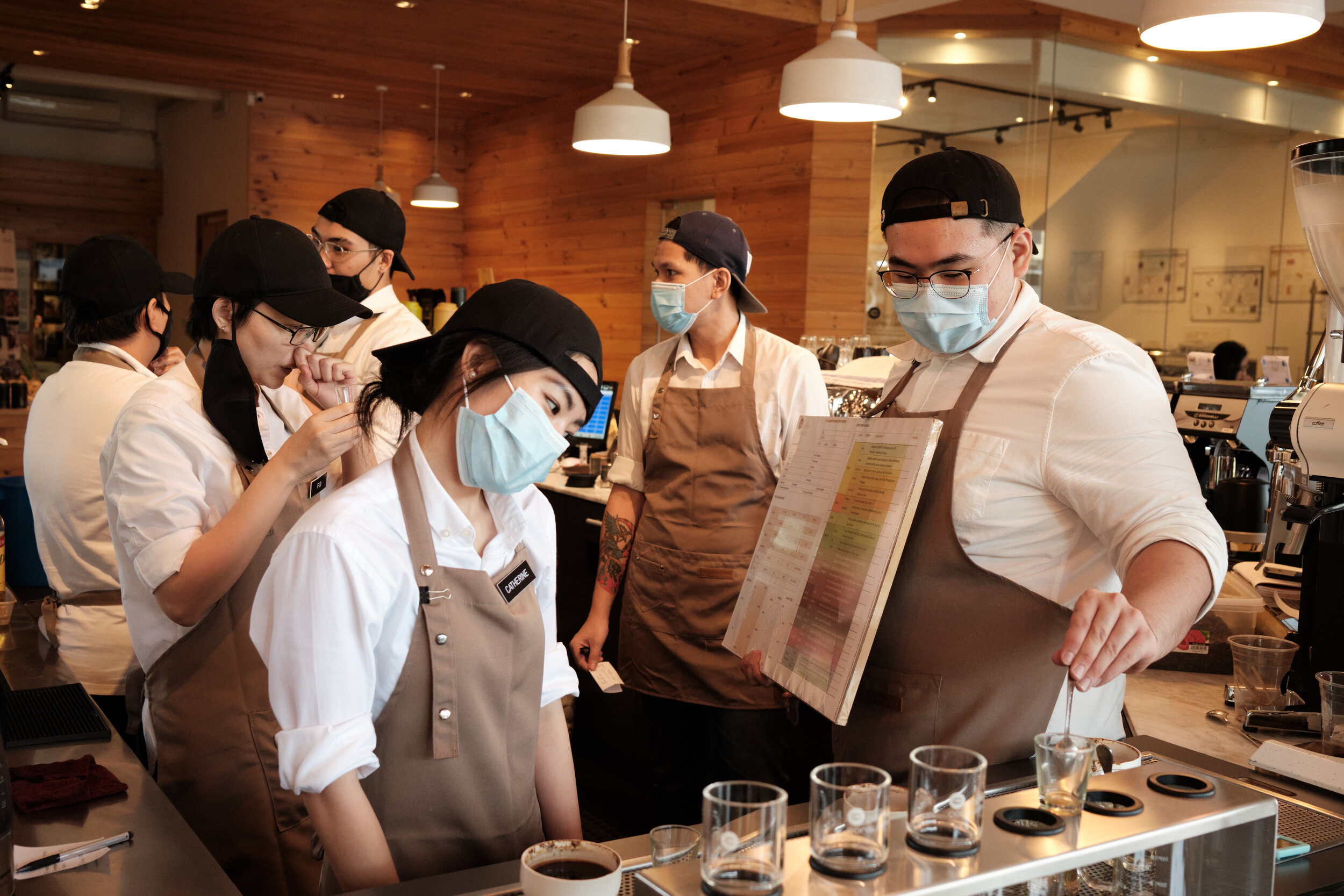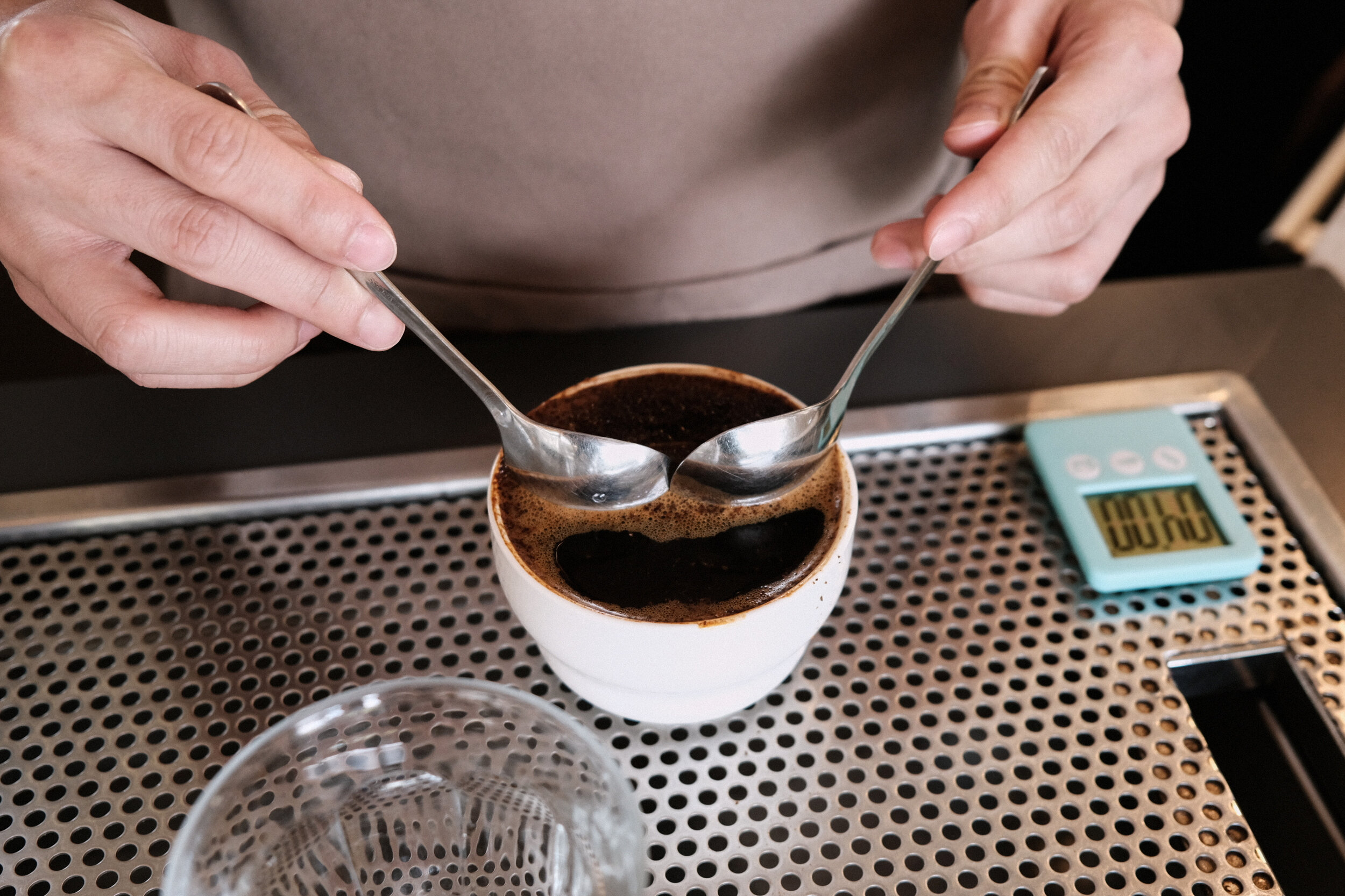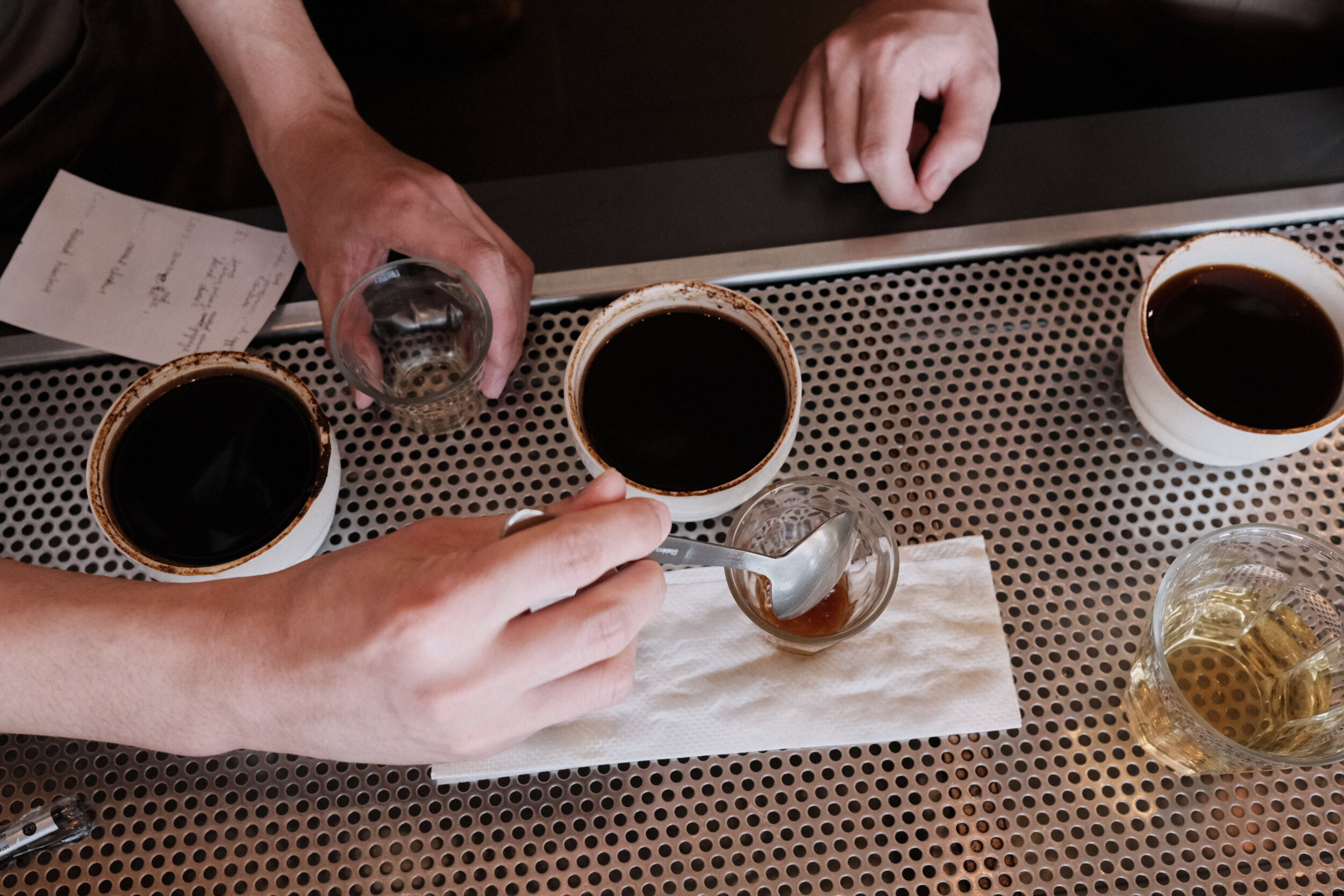Some Thoughts on Coffee Sensory and Flavours
Written by Kenny Lee
Do you ever wonder how people from the specialty coffee industry are able to get so many flavour descriptors out of a plain cup of coffee?
Blueberries, strawberries, cranberries, blackcurrants, mangoes, apples, oranges, tangerines, lemons, peaches, figs, apricots, cherries, bananas, jasmine, roses, violets, coriander, mint, lemongrass, sage, rosemary, anise, cinnamon, cloves, pepper, cinnamon, cedar, hazelnuts, chestnuts, pistachios, whiskey, frankincense, even durian and aloes... Just to name a few. So can one really find all these flavours in coffee?
To be honest, being a coffee professional, I've had my fair share of doubt.
A Singaporean friend of mine who has been in green coffee trading for more than 20 years had once said to me "You younger generation of clients, some claim to be Q Graders, come to my warehouse and taste all these exaggerating flavours out of the coffees. Makes me wonder if it's all just your imaginations."
When the founder of Coffee Consulate in Germany introduced their flavour identification system to me later in the years, I couldn't help but ask, "How can you expect everyone to associate flavours according to your classifications (fruit, floral, herbal, vegetable, spice, woody, roasted, mineral, chemical, microbiological)? How do we know it's not coerced association or a form of self-hypnosis? What is the science behind such systems?
His responded that the flavours we look for in coffees can be tapped into our memories of sensory experiences because there are certainly no real saffron or coconut in the coffee itself. But like every other foodstuff, coffee tasting is a game of jigsaws with the flavour compounds found naturally in the coffee beans acting as pieces. These associated flavours are manifestations of different chemical reactions in the coffee during roasting, such as Maillard Reaction and Caramelisation.
If coffee tasting is all imaginations without the understanding of chemical reactions, then I could give you a banana and see if you could taste strawberry flavours out of mere imaginations or memory associations. There's no doubt, there are biases in coffee tasting, but it definitely involves more than just pure imagination. In my opinion, it's a combination of culture and chemistry.





